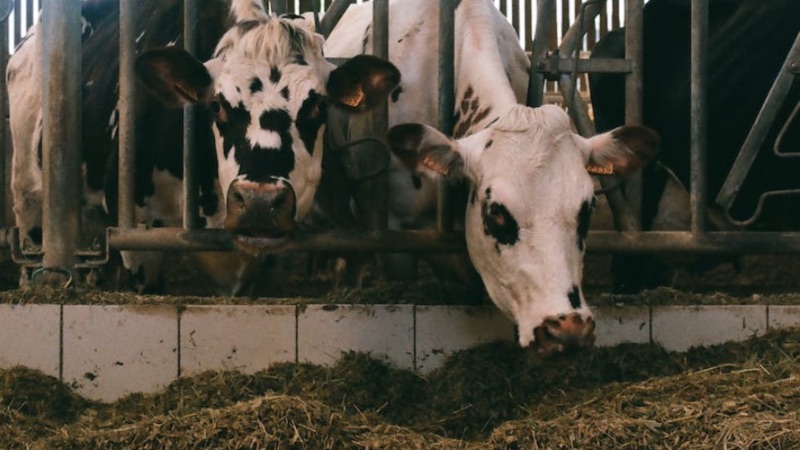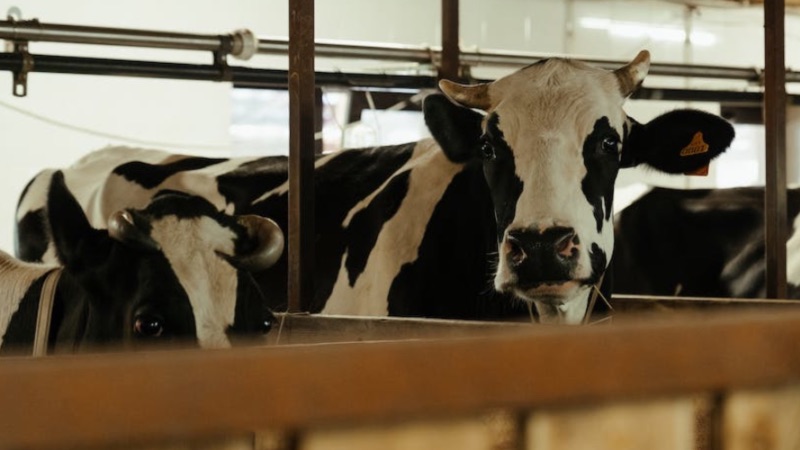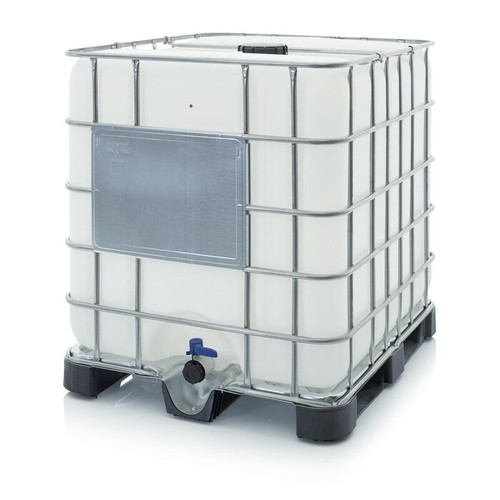- Approx. 100 litres of SHEEPMOL (approx. 743 litres per ton) @ 0.72 pence per litre
- 1000 litre IBC container
- Delivered to any location nationwide (UK mainland)
- Supplied with ED&F Mans Liquid Products, FEMAS number on feed tag/ delivery note
Total £720
Dispatched from one of the 4 UK based ED&F Man terminals. Delivered via a pallet delivery service. Customer must have machinery that can lift 1.4 ton to unload. Typical delivery time scale is 7-10 working days.
No single use plastic, REUSABLE storage and feeders.
Background
70% of the lamb’s growth takes place in the last two months of pregnancy. It is therefore vital to ensure that the ewe’s nutritional requirements are met during this time. To meet the high energy demands of the growing lamb, ewes metabolise body fat in the liver producing ketones. If the energy supplied in the diet is inadequate, too much fat is metabolised, leading to an excessive build-up of ketones to toxic levels – also known as ketosis.
Twin and triplet bearing ewes have an even higher demand for energy and with rumen space being further restricted this can be very diffi cult to meet. As they get closer to lambing this demand increases. If these energy and glucose demands aren’t met, then ewes can suffer from a serious metabolic disorder – twin lamb disease/ pregnancy toxaemia.
To meet the high energy demands of the growing lamb, ewes metabolise body fat in the liver producing ketones. If the energy supplied in the diet is inadequate, too much fat is metabolised, leading to an excessive build-up of ketones to toxic levels.
Getting the Nutrition Right
The rule that prevention is better than cure is particularly true in this situation. By feeding the ewe properly, in terms of both quantity and quality of feed supplied, twin lamb disease and ketosis can be prevented
Sugars: The base of our liquid feeds is cane molasses which is a the most cost-eff ective source of 6-Carbon sugars available on farm. Highly palatable and proven to increase dry matter intake. Trial work has demonstrated that cane molasses can improve fi bre digestion, rumen
fermentation and overall digestive effi ciency. Improving fibre digestion is critical for pregnant ewes as it allows them to get more nutritional value from every mouthful of forage consumed.
Glycerine: A high energy liquid readily fermentable in the rumen, also known as glycerol and obtained as a co-product from biodiesel production. Sweet and highly palatable combines with molasses to supply multiple energy sources. Glycerine is gluconeogenic meaning it stimulates glucose production which is key for eff ective metabolism leading to improved animal performance. The inclusion of glycerine in our liquid blends provides an extra source of propionate in the rumen, thus saving amino acids that become available for protein synthesis.
Low Substitution: With rumen space restricted in late pregnancy, liquid feeds are unique in having a low substitution rate allowing feed intakes to be maintained.
Flexibility: One of the key benefits of liquid feeds such as Sheepmol is that it can be
fed to sheep either top dressed, free access via a wheel or ball feeder, or fed as part of a mix.
Key benefits include:
- Extra energy boost from feeding sugars and glycerine
- Ad-lib feeding reduces stress for sheep and saves time for the shepherd
- Highly palatable and improves intake and forage digestibility
- Balances variations in grazing/forage quantity and quality
- Easy and convenient to store, handle and feed
Feeding Guidelines: Typical daily intake: 0.25kg/ 0.2 litres / head/ day. Sheepmol can be fed throughout pregnancy and post lambing.
See info in the photo for typical analysis. Shelf life of the liquid feed is 6 months, vitamins and minerals are present in the liquid feed for 3 months then they start to deteriorate.












